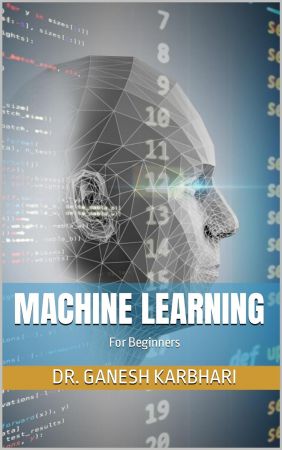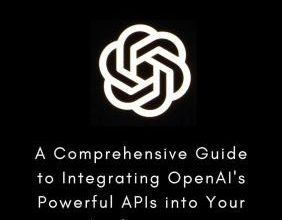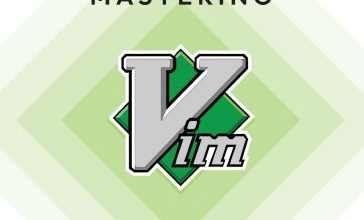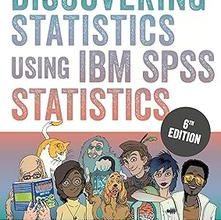Machine Learning: For Beginners by Dr. Ganesh Karbhari


Machine Learning: For Beginners by Dr. Ganesh Karbhari
English | March 24, 2024 | ASIN: B0CZ191B7M | 222 pages | PDF | 82 Mb
Welcome to the world of machine learning, where data is transformed into actionable insights and predictions! This book is your one-stop guide to understanding and implementing machine learning techniques, from basic models to advanced deep learning algorithms.
The book begins with an “Introduction to Machine Learning,” providing a solid foundation on the concepts, history, and applications of machine learning. You will learn about the different types of machine learning, including supervised, unsupervised, and reinforcement learning, and the various algorithms and techniques used in each category.
The next section, “Models for Regression and Classification,” delves into the most widely used machine learning techniques for making predictions and classifying data. You will learn about linear regression, logistic regression, decision trees, random forests, and support vector machines, among others. Each model is explained in detail, with practical examples and code snippets to help you understand their implementation.
“Clustering” is the third section of the book, where you will learn about unsupervised learning techniques used for grouping similar data points together. This section covers various clustering algorithms, such as k-means, hierarchical clustering, and density-based spatial clustering of applications with noise (DBSCAN). You will also learn about evaluation metrics for clustering, such as silhouette score, Davies-Bouldin index, and Calinski-Harabasz index.
The fourth section, “Artificial Neural Networks,” introduces you to the concept of artificial neural networks, which are modeled after the human brain’s structure and function. You will learn about the building blocks of neural networks, such as perceptrons, activation functions, and layers, and how to build and train a neural network using popular libraries like TensorFlow and Keras.
The final section, “Deep Learning,” takes you on a journey through the most advanced machine learning techniques used today. You will learn about convolutional neural networks (CNNs) for image recognition, recurrent neural networks (RNNs) for time series analysis, and long short-term memory (LSTM) networks for natural language processing. Each topic is explained with practical examples and code snippets to help you understand






